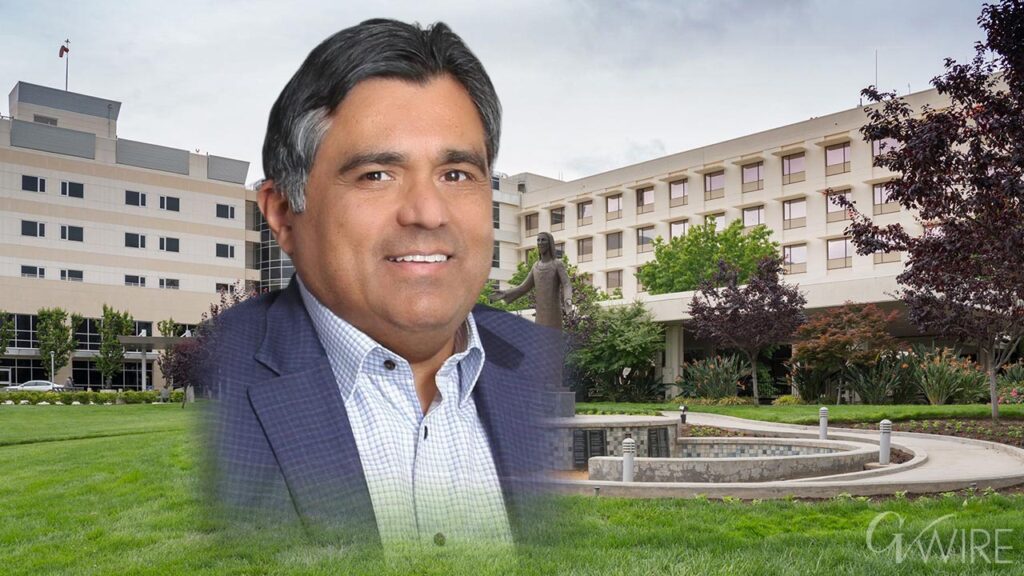Share
|
Getting your Trinity Audio player ready...
|
In mid-November, the California Air Resources Board released its long-awaited “scoping plan” for the state that “would drastically reduce its dependence on fossil fuels and get to carbon neutrality by 2045 or earlier.”

Dan Walters
CalMatters
Opinion
“The achievable roadmap for the world’s fourth-largest economy proposes an unprecedented shift away from petroleum in every sector of the economy and a rapid transition to renewable energy resources and zero-emission vehicles,” CARB promised. It added that by 2045 greenhouse gases would be reduced by 85% from 1990 levels, there would be a 71% reduction in “smog-forming pollution,” fossil fuel consumption would decrease by 94%, 4 million new jobs would be created and Californians would see a $200 billion decrease in health costs.
Gov. Gavin Newsom hailed the plan as a “comprehensive roadmap to achieve a pollution-free future” and “the most ambitious set of climate goals of any jurisdiction in the world.” He predicted that “it’ll spur an economic transformation akin to the industrial revolution.”
Little Detail About Steps to Take, Economic Tradeoffs
The 297-page plan is loaded with data and verbiage about the perils of climate change and various goals that it seeks to achieve. However, there is precious little detail about the specific steps that would be needed in the next 22 years, nor about the downsides and tradeoffs that the economic transformation it advocates would inevitably pose.
We’ve already experienced some of the difficult effects, such as an electric power system that’s flirted with meltdown as traditional fossil-fueled power plants are phased out in favor of renewable juice from solar and wind generation. That forced Newsom to keep some of those plants, as well as the Diablo Canyon nuclear plant, functioning longer than expected.
Another example of transition pain has been the Public Utilities Commission’s tortured efforts to reduce subsidies for rooftop solar arrays by reducing payments for feeding power back into the grid. It did so to minimize adverse financial impacts on utilities such as Pacific Gas and Electric and Southern California Edison and the vast majority of their customers who don’t have solar panels on their roofs.
Similarly, while the state touts the climatic benefits of battery-powered cars and promises a phaseout of oil fields, refineries and gas stations, it could reach a tipping point that would leave owners of gasoline- and diesel-powered vehicles without enough fuel to keep on running.
Legislative Budget Analyst Blasts CARB Plan
The lack of specificity in CARB’s 2045 scoping plan caught the eye of the Legislature’s budget analyst, Gabe Petek, and last week, his office released a sharply critical report on its omissions.
“Despite the significant reductions needed to meet these goals, CARB’s plan does not identify which specific policies it will implement,” the report summarized. “For example, the plan is unclear regarding how much the state will rely on financial incentives, sector‑specific regulatory programs, or cap‑and‑trade. Rather, the plan’s estimated reductions are driven primarily by assumptions developed by CARB, without specifying how those assumed outcomes might be achieved.”
Petek’s report said the plans lapses could undermine the state’s ability to actually meet the 2045 goal and “Failing to develop a credible plan to meet statewide (greenhouse gas) goals could adversely affect California’s ability to serve as an effective model for other jurisdictions or demonstrate global leadership.”
The report is particularly critical of the plan’s ambitious interim goals for 2030, just seven years away, saying it doesn’t give the Legislature and state agencies information they would need to adopt policies to hit the 2030 marks.
Issuing vague promises about achieving such a massive transformation without details is not a plan. A real plan would tell Californians in advance how their lives would be affected.
About the Author
Dan Walters has been a journalist for nearly 60 years, spending all but a few of those years working for California newspapers. He began his professional career in 1960, at age 16, at the Humboldt Times. For more columns by Walters, go to calmatters.org/commentary.
Make Your Voice Heard
GV Wire encourages vigorous debate from people and organizations on local, state, and national issues. Submit your op-ed to rreed@gvwire.com for consideration.

















